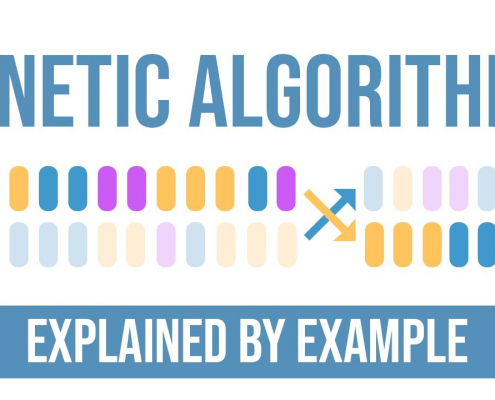Yazılar

Greedy Algoritmalar: İlkeler ve Pratik Uygulamalar
0 Yorumlar
/
Greedy algoritmalar, bilgisayar bilimi ve matematikte temel bir…

Karar Ağaçlarında Yaprak Düğümlerinin Rolünü Anlamak
Makine öğreniminde karar ağaçları, hem basit hem de güçlü…

Karar Ağaçlarında Dahili Düğümlerin Rolünün Anlaşılması
Makine öğreniminde karar ağaçları, hem basit hem de güçlü…

Karar Ağaçlarında Kök Düğümün Rolünü Anlamak
Karar ağaçları, makine öğreniminde hem basit hem de etkili…

Karar Ağaçlarını Ustalaşma: Python ile Pratik Rehber
Karar ağaçları, makine öğreniminin en sevilen araçlarından…

Genetik Algoritma: Mükemmel Sıralamayı Evrimleştirme
Sıralama, bilgisayar bilimlerinin temel taşlarından biri.…
